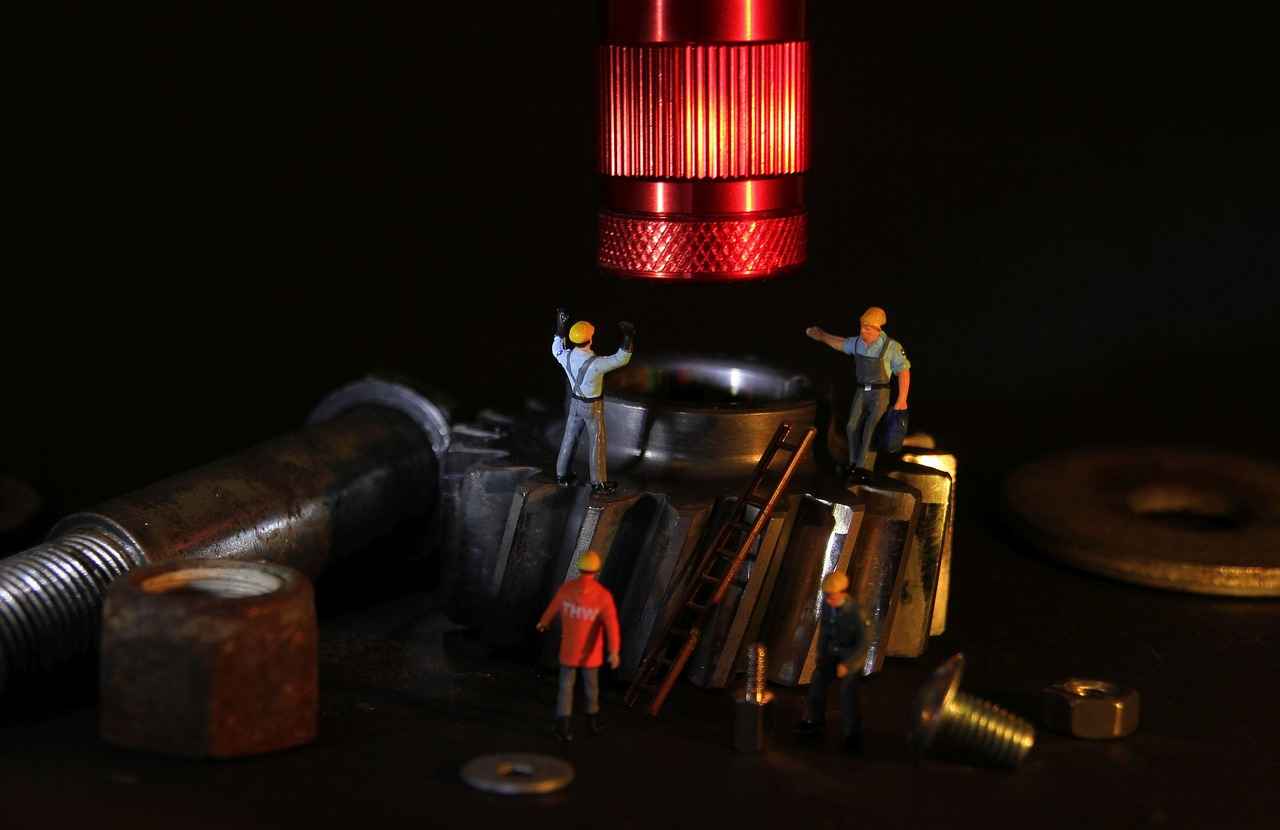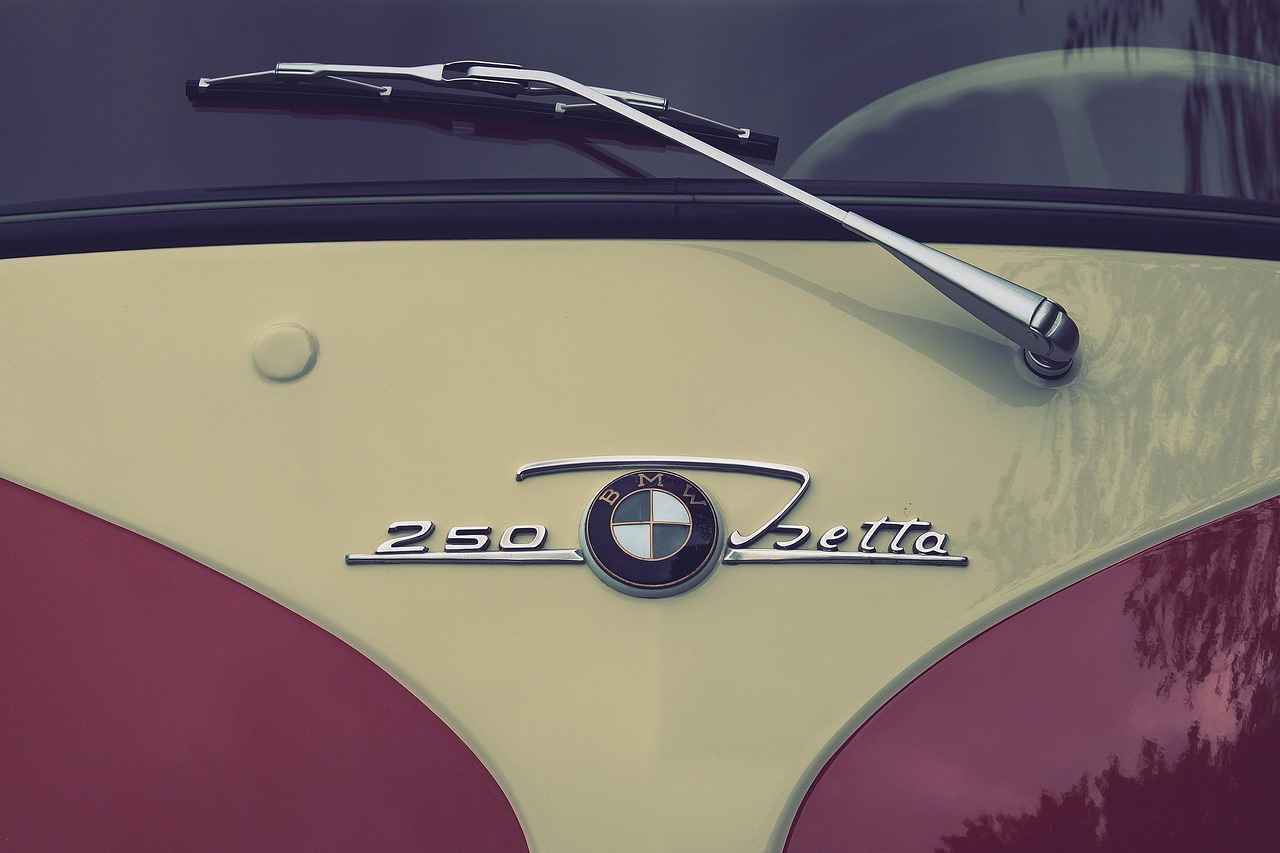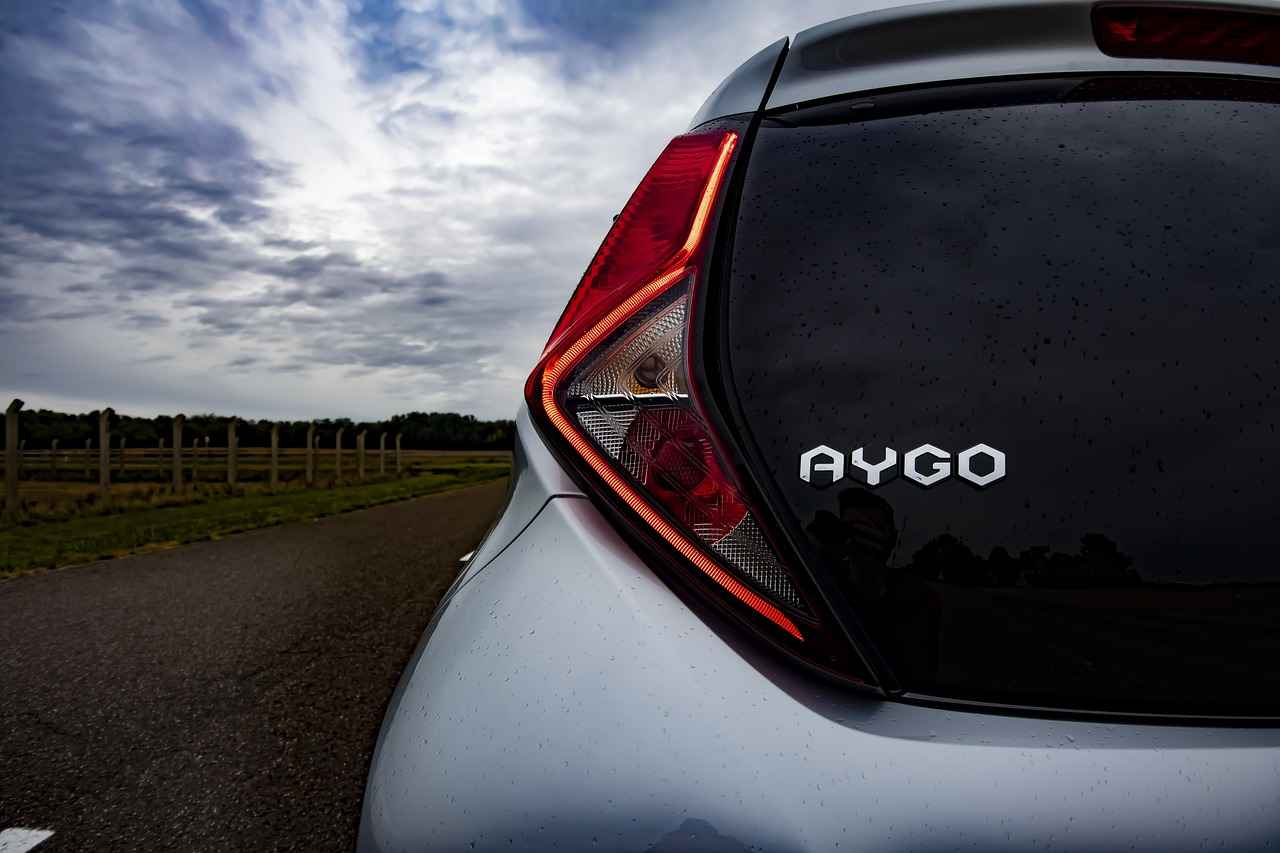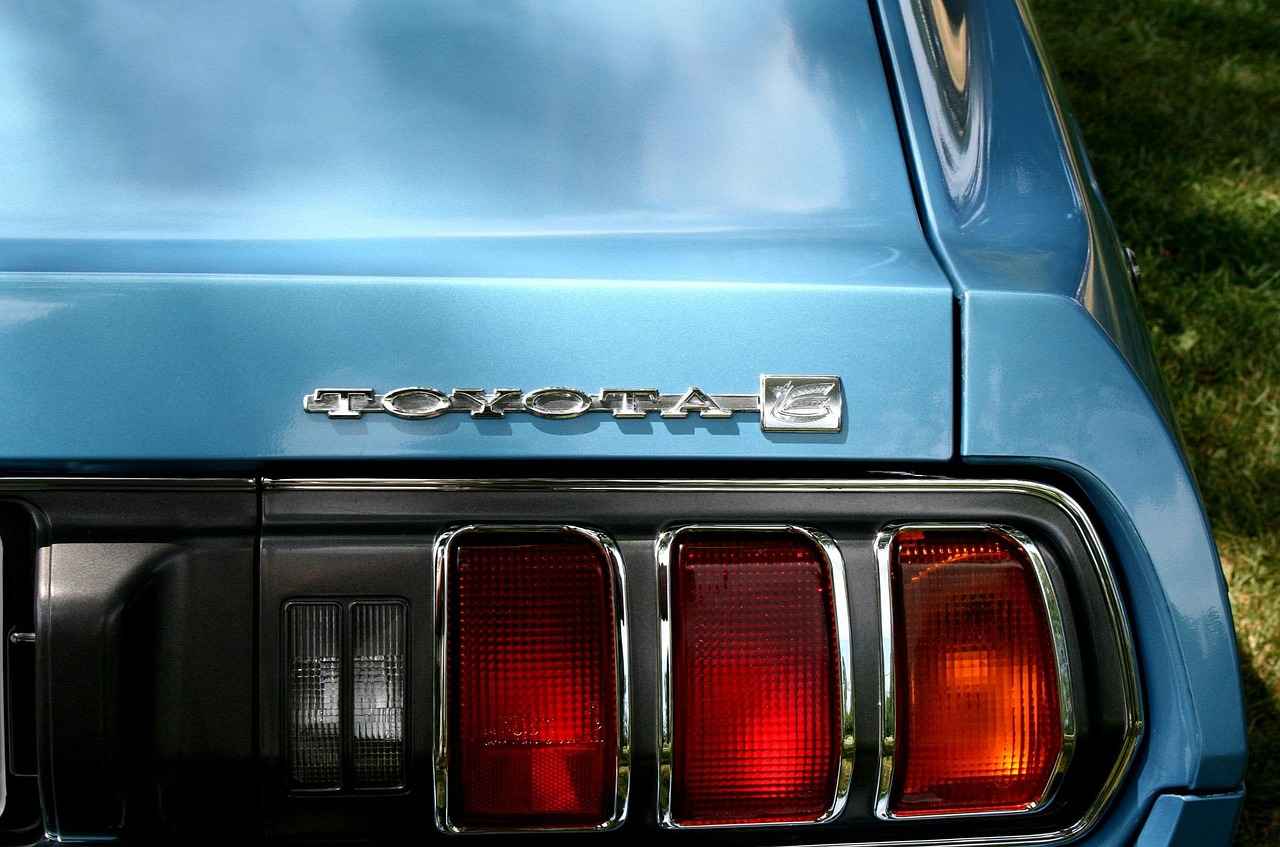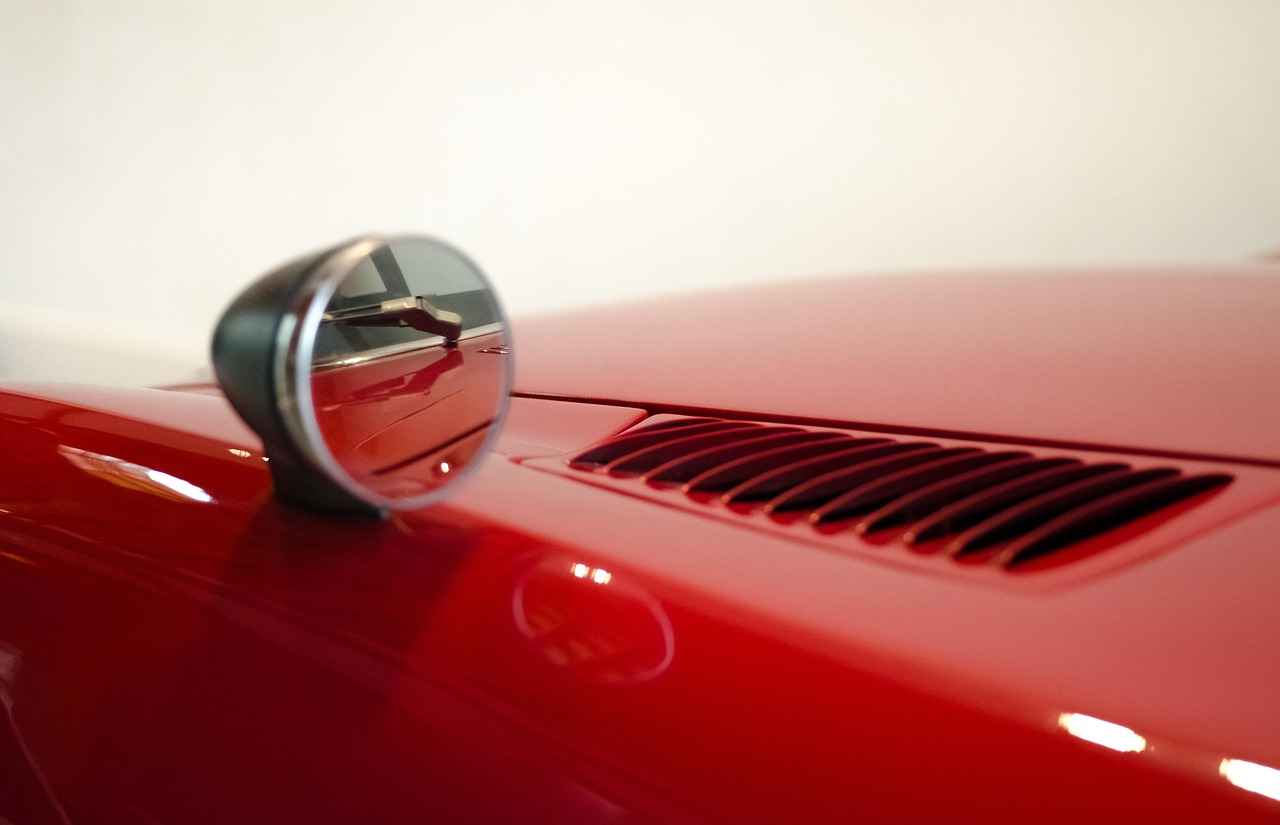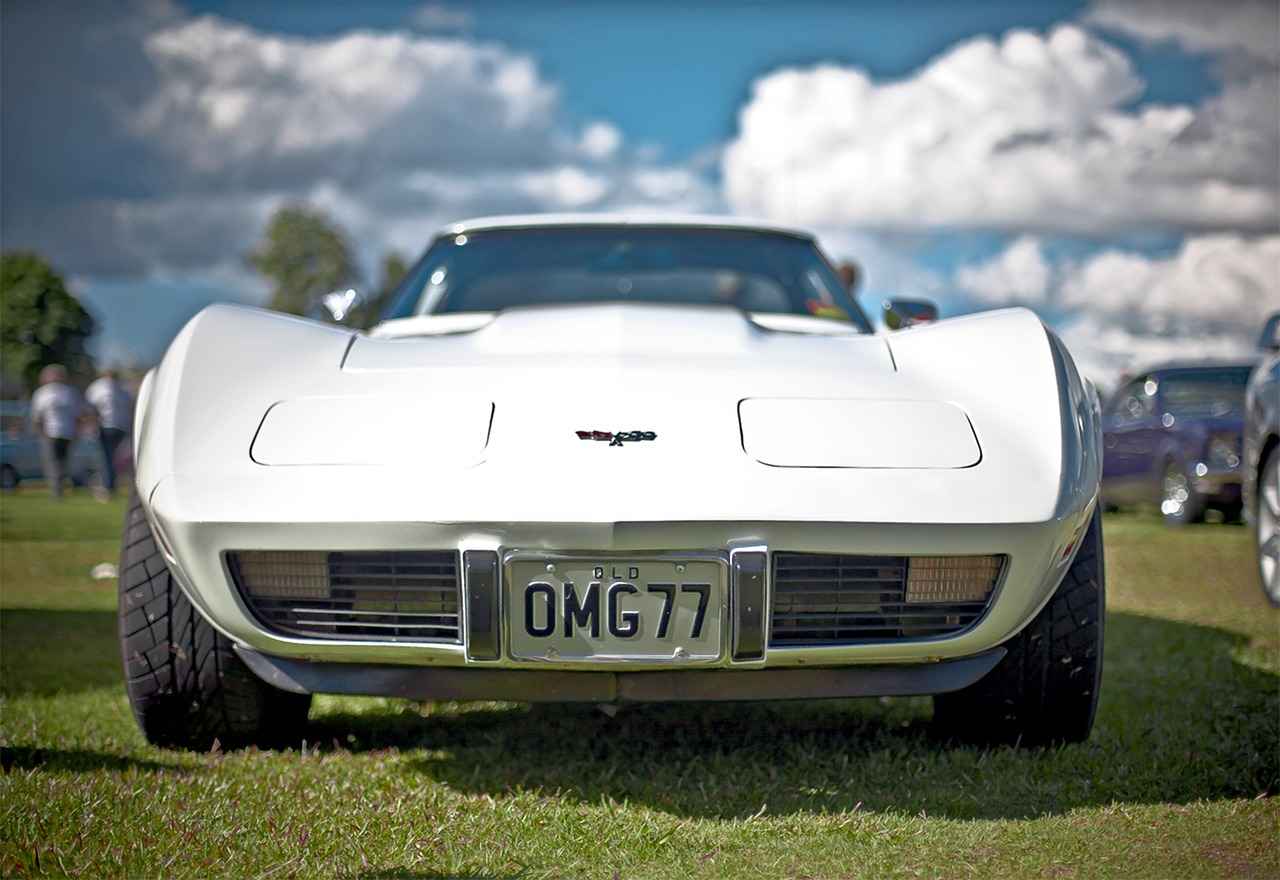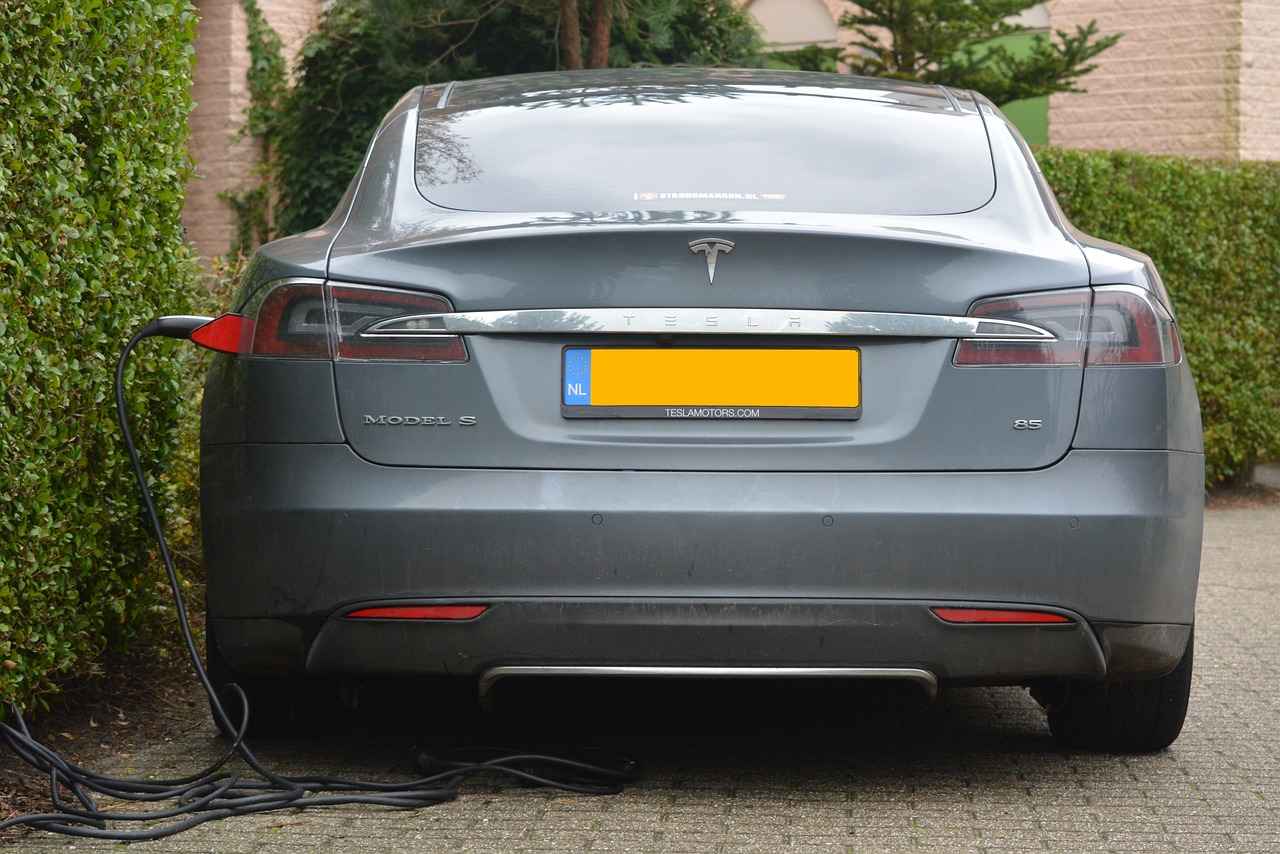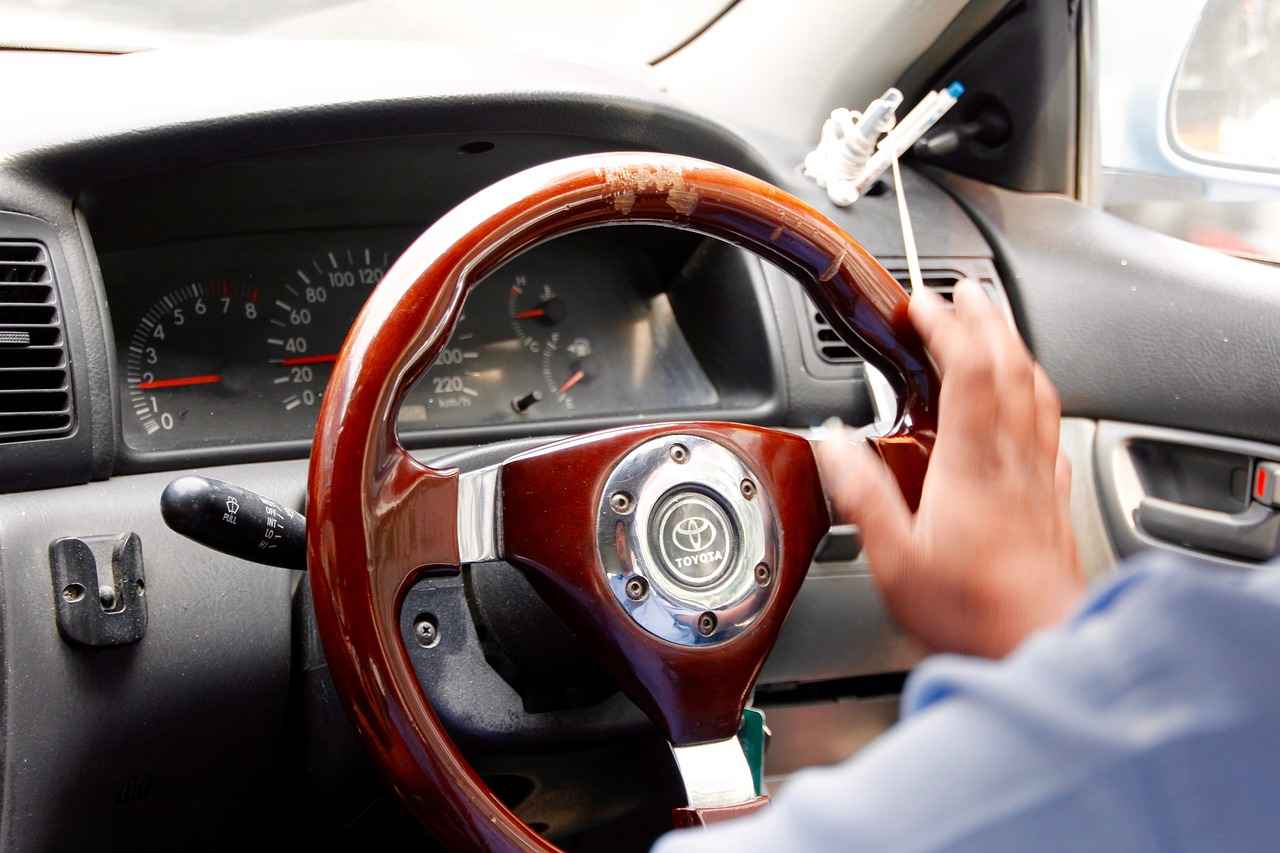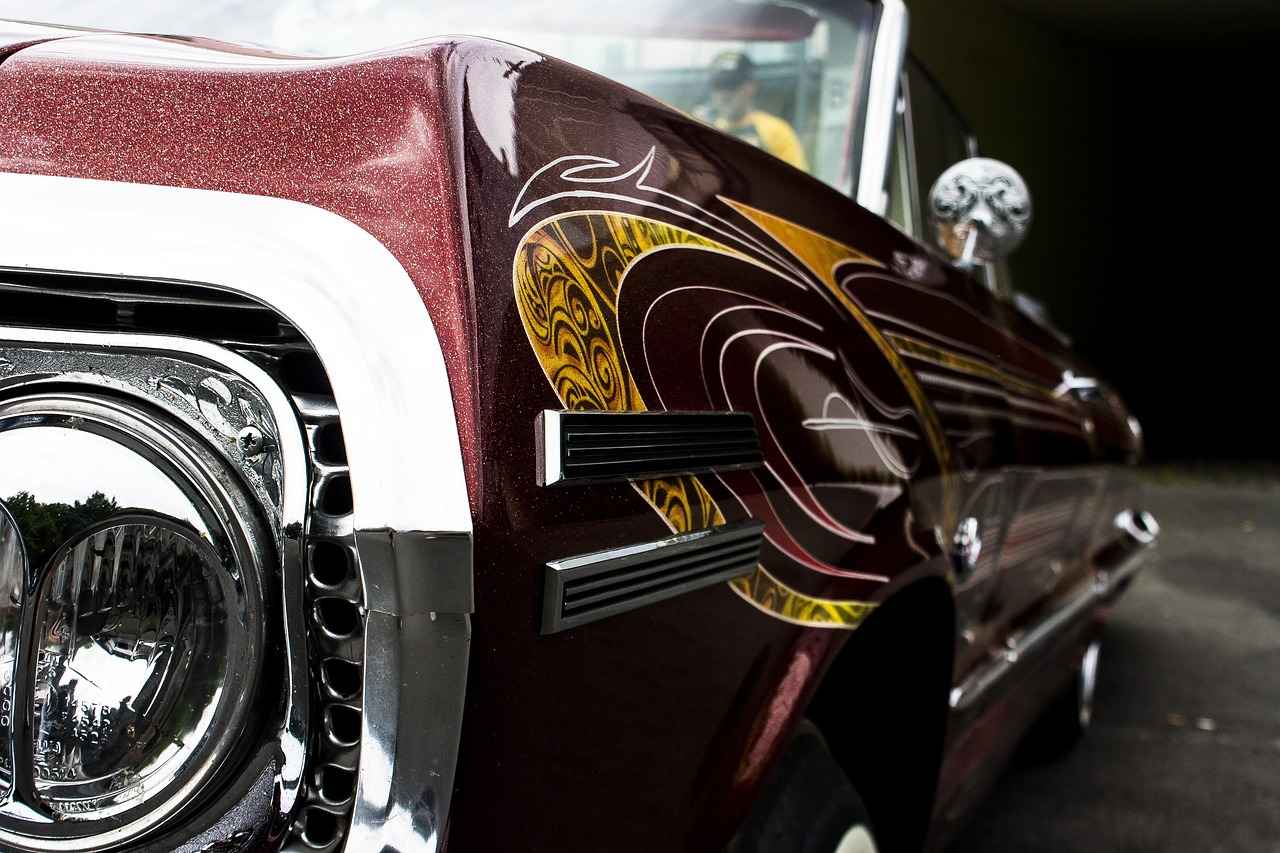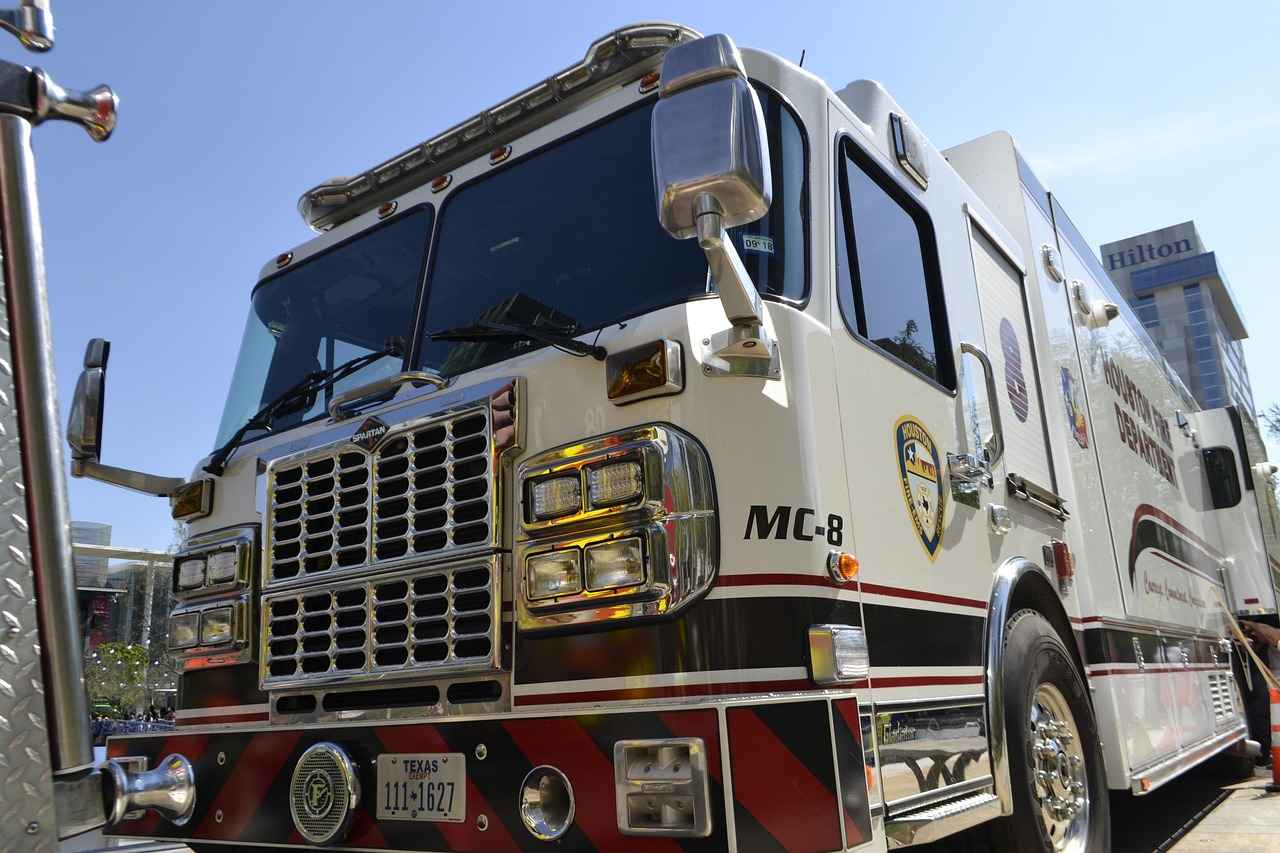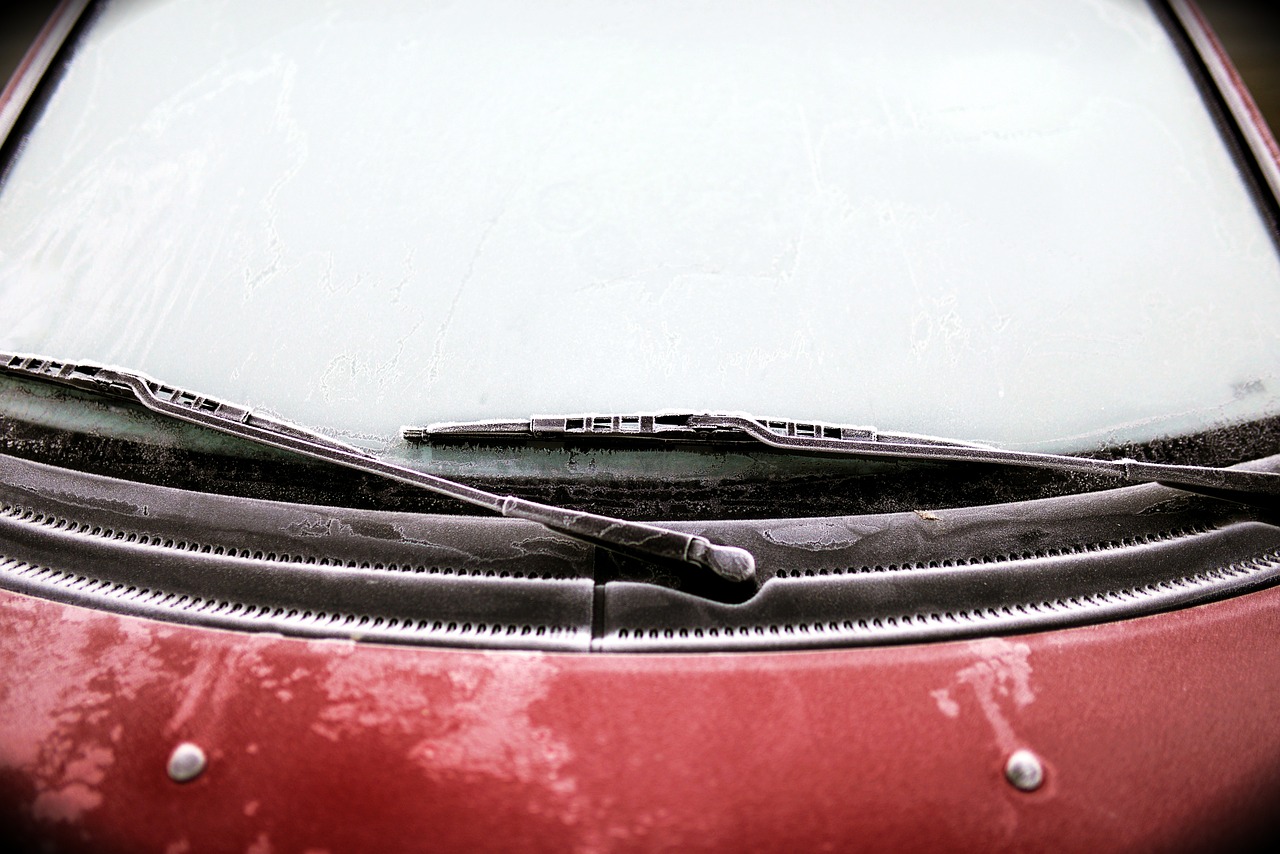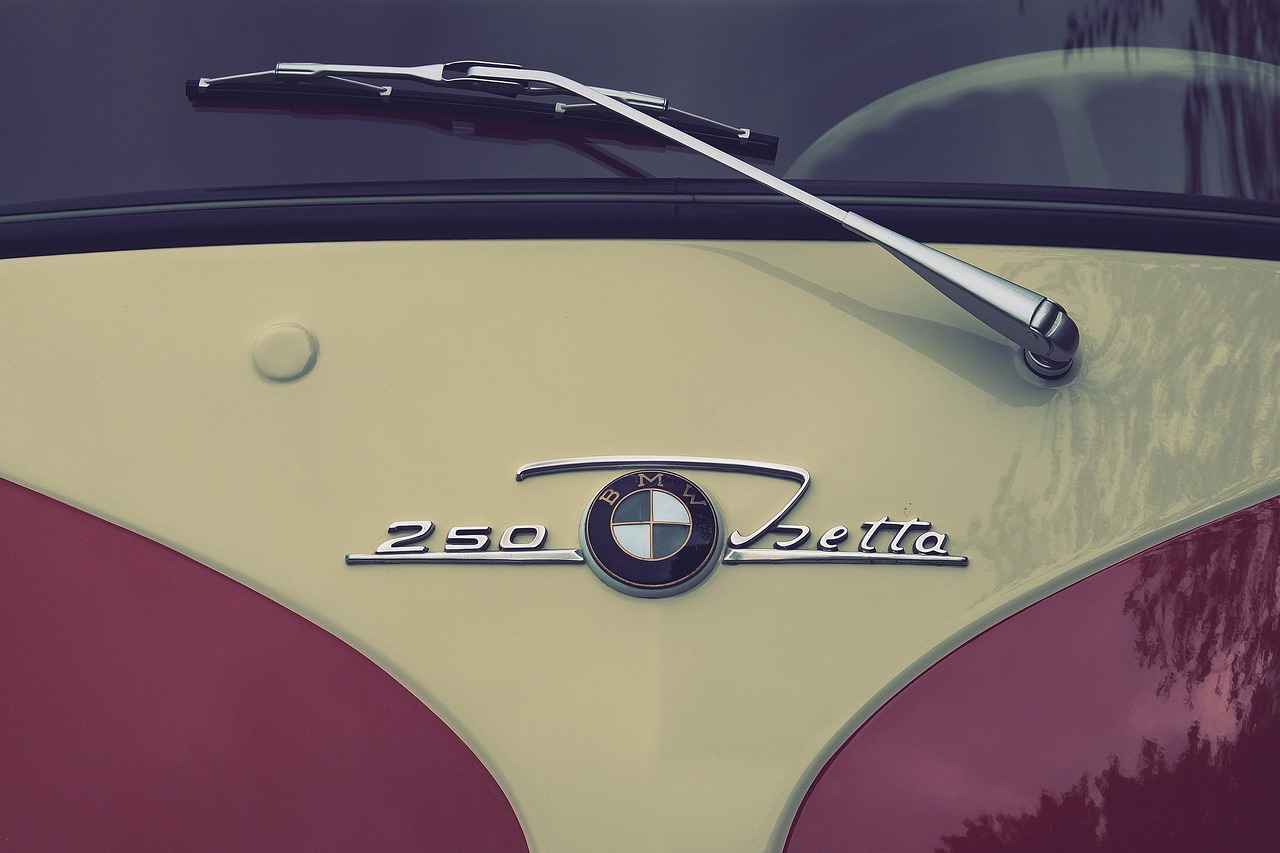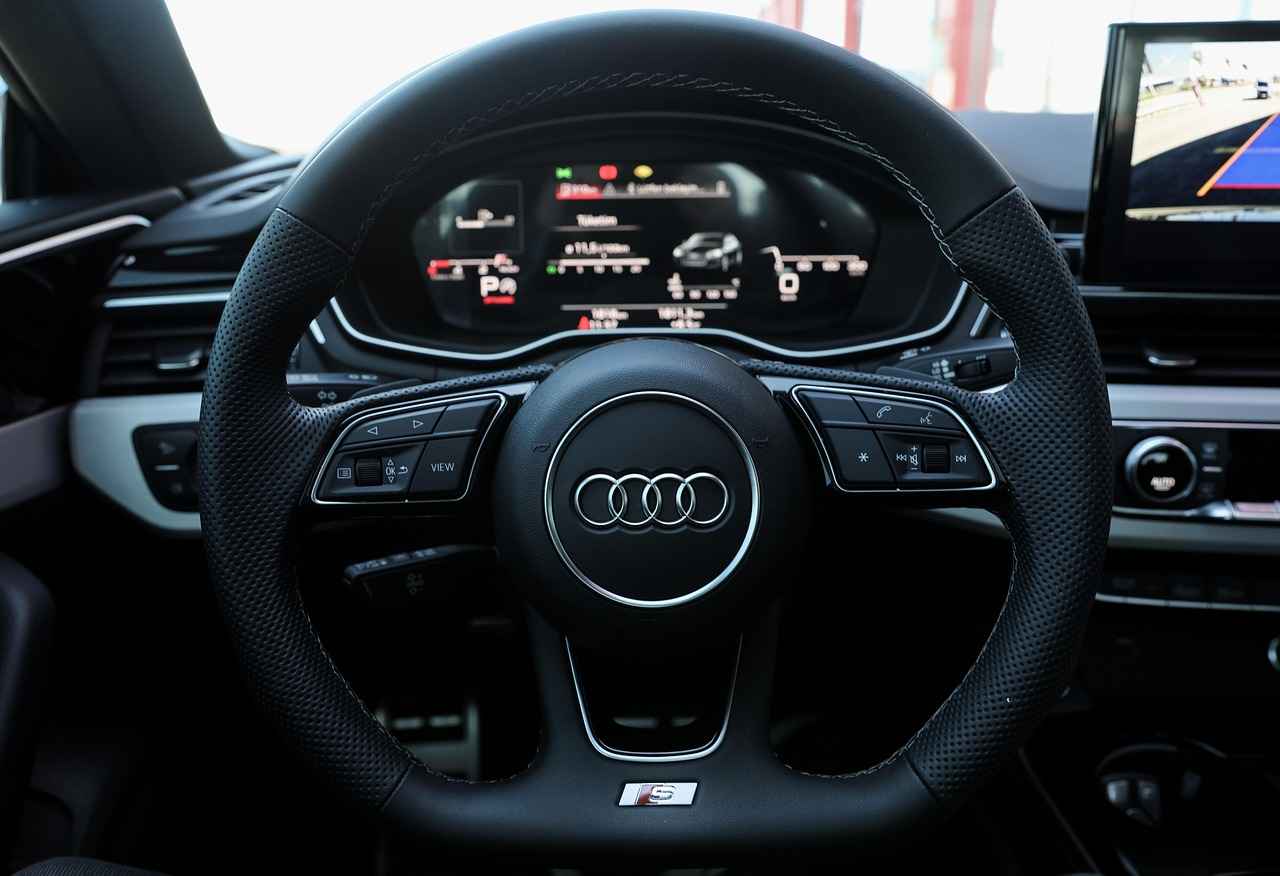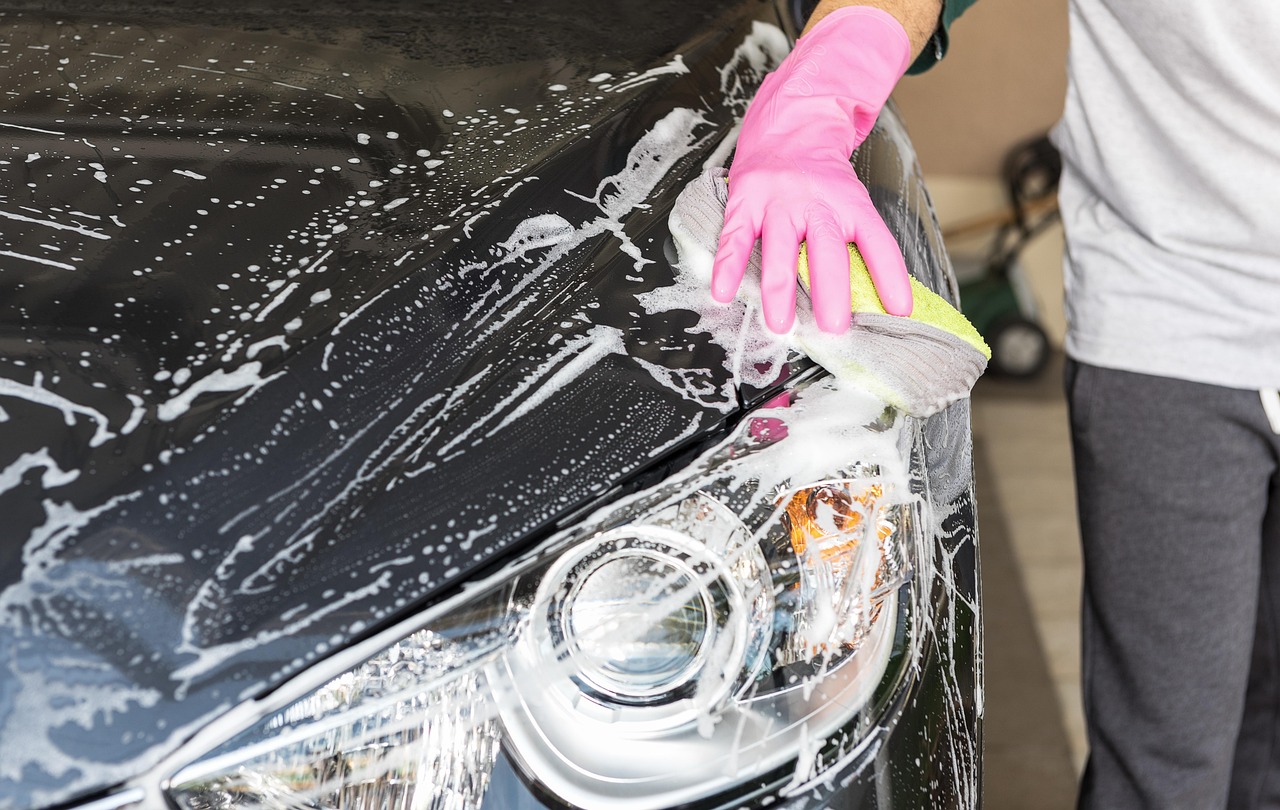This article delves into effective methods for turning off windshield wipers that won’t stop, addressing common issues and providing practical solutions for various vehicle types. Windshield wipers are essential for maintaining visibility during adverse weather conditions, but when they malfunction, it can be both frustrating and distracting. Understanding the causes and solutions can save you time and stress.
What Causes Windshield Wipers to Malfunction?
Understanding the common reasons behind malfunctioning windshield wipers can help diagnose the issue quickly and effectively. Some typical causes include:
- Electrical Issues: Faulty wiring or a malfunctioning relay can cause wipers to operate continuously.
- Stuck Wiper Arms: Ice, snow, or debris can physically obstruct the wipers, preventing them from returning to their resting position.
- Control Switch Problems: A faulty wiper control switch can lead to wipers being stuck in the ‘on’ position.
How Can You Manually Turn Off the Wipers?
If your windshield wipers are stuck in the on position, there are several manual methods you can try to turn them off, depending on your vehicle’s make and model.
Use the Wiper Control Switch
The first step is to locate your vehicle’s wiper control switch, often found on the steering column. Turning this switch can sometimes reset the wipers. If the switch is unresponsive, try toggling it multiple times.
Check for a Stuck Position
Sometimes, wipers can get stuck due to ice or debris. Inspect the wiper arms and blades to ensure they can move freely without obstruction. If you find any ice or debris, carefully clear it away.
Disconnect the Wiper Fuse
If the wipers continue to operate, locate the wiper fuse in your vehicle’s fuse box and remove it. This action should stop the wipers immediately. Refer to your vehicle’s manual for the exact location of the fuse box and the specific fuse for the wipers.
Inspect the Wiper Relay
Another solution involves checking the wiper relay, which can malfunction and cause continuous operation. Consult your vehicle’s manual to find and inspect the relay. If the relay appears damaged, replacing it could resolve the issue.
What Should You Do If the Problem Persists?
If the windshield wipers still won’t turn off after trying the above methods, it may indicate a deeper electrical issue that requires professional assistance. Ignoring the problem could lead to further complications.
Consult a Professional Mechanic
If DIY solutions fail, it’s advisable to consult a certified mechanic who can diagnose and fix electrical problems in your vehicle. A professional will have the tools and expertise to identify the root cause and recommend appropriate repairs.
Consider Regular Maintenance
Regular maintenance of your windshield wiper system can prevent future issues. Ensure that the wiper blades and motors are in good condition and replace them as needed. Regularly checking your vehicle’s electrical system can also help catch issues before they escalate.
By following these guidelines, you can effectively manage and resolve issues with windshield wipers that won’t stop, ensuring your vehicle remains safe and functional in all weather conditions.
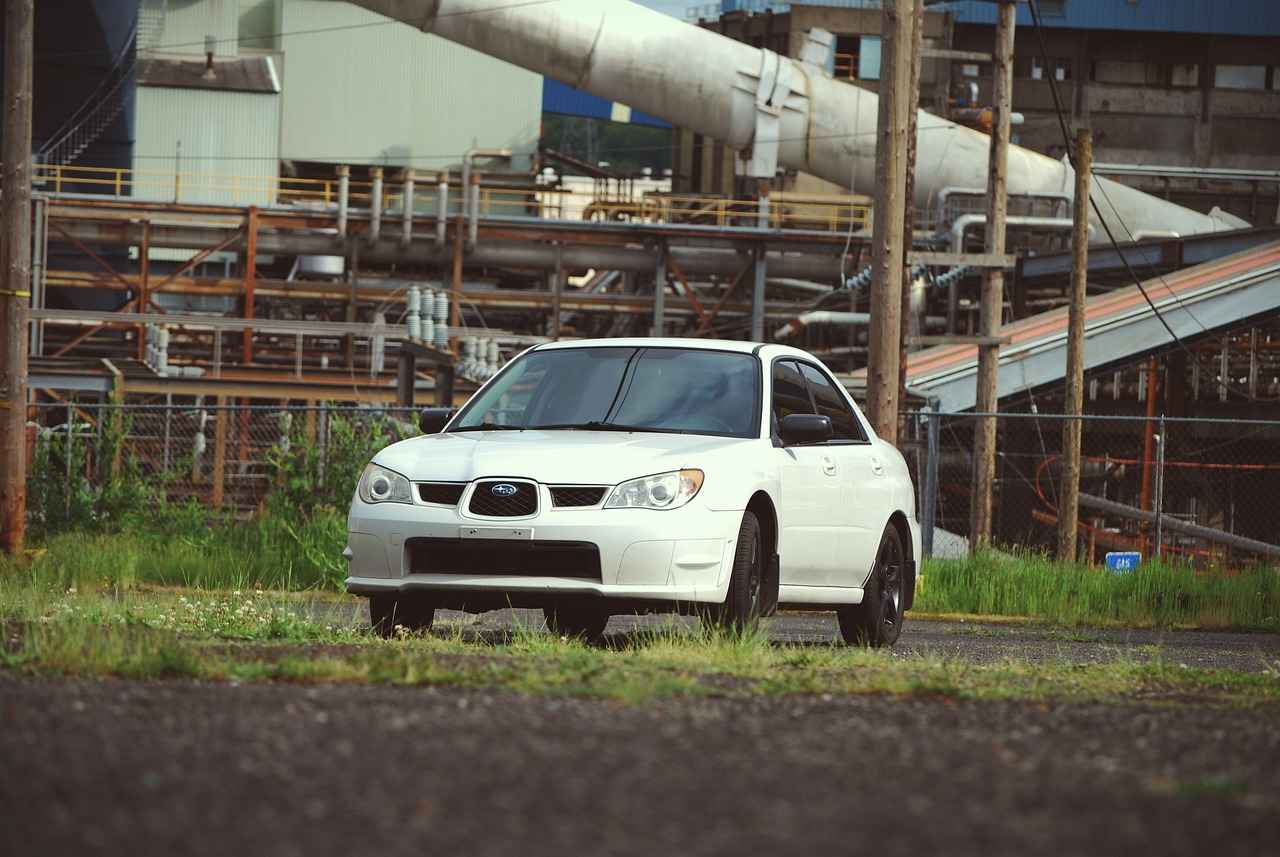
What Causes Windshield Wipers to Malfunction?
Understanding the common reasons behind malfunctioning windshield wipers is crucial for every driver. Windshield wipers play an essential role in maintaining visibility during adverse weather conditions. When they fail, it can lead to dangerous situations. Here are some of the most frequent causes of wiper malfunctions:
- Worn Wiper Blades: Over time, wiper blades can become worn out or damaged due to exposure to UV rays, heat, and cold weather. This deterioration reduces their effectiveness, leading to streaking or skipping.
- Faulty Wiper Motor: The wiper motor is responsible for powering the wipers. If it malfunctions, the wipers may not operate at all or may get stuck in one position.
- Electrical Issues: Problems with the electrical system, such as blown fuses or faulty wiring, can disrupt the power supply to the wipers. This can cause them to behave erratically or stop working altogether.
- Stuck or Blocked Wipers: Ice, snow, or debris can physically obstruct the movement of the wipers. When this happens, the wipers may get stuck in the “on” position or may not move at all.
- Wiper Control Switch Malfunction: The control switch used to operate the wipers can also fail. If the switch is stuck or broken, it may not send the correct signals to the wiper motor.
- Wiper Relay Problems: The relay acts as a switch to control the wipers. If it becomes defective, it can lead to continuous operation or failure to operate.
By recognizing these potential issues, you can diagnose the problem more efficiently and take appropriate actions to resolve it. For instance, if you notice that your wipers are not functioning as they should, start by checking the wiper blades for wear and tear. If they appear to be in good condition, move on to inspect the wiper motor and electrical connections.
In some cases, the solution may be as simple as replacing the wiper blades or resetting the control switch. However, if the problem persists, it may indicate a deeper issue that requires professional assistance. Regular maintenance of your windshield wiper system can help prevent these issues from arising in the first place. Ensure that all components are functioning properly and replace any worn parts promptly.
Ultimately, understanding the common causes of windshield wiper malfunctions not only aids in quick diagnosis but also enhances your safety on the road. Keeping your wipers in optimal condition is vital for clear visibility and driving safety.

How Can You Manually Turn Off the Wipers?
When dealing with a situation where windscreen wipers are stuck in the ‘on’ position, it can be both frustrating and concerning. Fortunately, there are several methods to manually turn them off, depending on your vehicle’s make and model. Below, we will explore practical solutions to help you regain control over your wipers.
Understanding the underlying causes of wiper issues can assist in resolving them effectively. Here are some common reasons:
- Electrical Issues: Problems with the wiper motor or wiring can lead to continuous operation.
- Mechanical Obstructions: Ice, snow, or debris can physically block the wipers from moving.
- Faulty Switches: A malfunctioning wiper control switch may not send the correct signals.
If your windshield wipers are stuck in the ‘on’ position, consider the following methods:
The first step is to locate your vehicle’s wiper control switch, typically found on the steering column or the dashboard. Try turning the switch off and then back on. This action may reset the wipers and stop them from running.
Sometimes, wipers can get stuck due to ice or debris. Inspect the wiper arms and blades to ensure they can move freely without obstruction. If you find any blockage, carefully remove it and test the wipers again.
If the wipers continue to operate, locate the wiper fuse in your vehicle’s fuse box. Removing this fuse will cut off power to the wipers and stop them immediately. Refer to your vehicle’s manual for the exact location of the fuse box and the specific fuse related to the wipers.
Another potential solution involves checking the wiper relay. A malfunctioning relay can cause wipers to operate continuously. Consult your vehicle’s manual to find and inspect the relay. If you notice signs of damage, replacing it may resolve the issue.
If the windshield wipers still won’t turn off after trying the above methods, it may indicate a deeper electrical issue. Here are some steps to follow:
If DIY solutions fail, it’s advisable to consult a certified mechanic. They have the expertise to diagnose and fix complex electrical problems in your vehicle, ensuring your wiper system operates correctly.
Regular maintenance of your windshield wiper system can prevent future issues. Ensure that the wiper blades and motors are in good condition and replace them as needed. Keeping your wipers clean and free from debris will also enhance their performance and longevity.
By following these steps, you can effectively manage the situation when your windshield wipers are stuck in the ‘on’ position, ensuring a safer driving experience.
on
How to Turn Windshield Wipers Off When They Won’t Stop
This article explores effective methods for turning off windshield wipers that won’t stop, addressing common issues and providing practical solutions for various vehicle types.
What Causes Windshield Wipers to Malfunction?
Understanding the common reasons behind malfunctioning windshield wipers can help diagnose the issue quickly and effectively, ensuring you can take the right steps to resolve it. Some common causes include:
- Electrical Issues: Faulty wiring or a malfunctioning switch can lead to wipers that won’t stop.
- Stuck Wiper Arms: Ice or debris can cause wiper arms to become stuck in the on position.
- Worn-out Components: Over time, wiper motors and relays can wear out and malfunction.
How Can You Manually Turn Off the Wipers?
If your windshield wipers are stuck in the position, there are several manual methods you can try to turn them off, depending on your vehicle’s make and model.
Use the Wiper Control Switch
The first step is to locate your vehicle’s wiper control switch, which is often found on the steering column. Turning this switch can sometimes reset the wipers.
Check for a Stuck Position
Sometimes, wipers can get stuck due to ice or debris. Inspect the wiper arms and blades to ensure they can move freely without obstruction. If you find ice, gently remove it to allow for proper movement.
Disconnect the Wiper Fuse
If the wipers continue to operate, locate the wiper fuse in your vehicle’s fuse box and remove it. This action should stop the wipers immediately. Refer to your vehicle’s manual for the exact location of the fuse.
Inspect the Wiper Relay
Another solution involves checking the wiper relay, which can malfunction and cause continuous operation. Consult your vehicle’s manual to find and inspect the relay. If it appears damaged, consider replacing it.
What Should You Do If the Problem Persists?
If the windshield wipers still won’t turn off after trying the above methods, it may indicate a deeper electrical issue that requires professional assistance.
Consult a Professional Mechanic
If DIY solutions fail, it’s advisable to consult a certified mechanic who can diagnose and fix electrical problems in your vehicle. They have the expertise and tools necessary to identify complex issues.
Consider Regular Maintenance
Regular maintenance of your windshield wiper system can prevent future issues. Ensure that the wiper blades and motors are in good condition and replace them as needed. Regular checks can save you from unexpected malfunctions.
Final Thoughts
Addressing malfunctioning windshield wipers promptly is crucial for safe driving. By understanding the causes and applying the methods outlined above, you can effectively manage the situation. Remember, regular maintenance is key to preventing such issues in the future.
position, there are several manual methods you can try to turn them off, depending on your vehicle’s make and model.
How to Turn Windshield Wipers Off When They Won’t Stop
This article explores effective methods for turning off windshield wipers that won’t stop, addressing common issues and providing practical solutions for various vehicle types.
What Causes Windshield Wipers to Malfunction?
Understanding the common reasons behind malfunctioning windshield wipers can help diagnose the issue quickly and effectively, ensuring you can take the right steps to resolve it. Some common causes include:
- Electrical Issues: Faulty wiring or a malfunctioning relay can lead to continuous wiper operation.
- Control Switch Problems: A stuck or malfunctioning wiper control switch may prevent the wipers from turning off.
- Physical Obstructions: Ice, snow, or debris can cause the wipers to get stuck in the on position.
How Can You Manually Turn Off the Wipers?
If your windshield wipers are stuck in the on position, there are several manual methods you can try to turn them off, depending on your vehicle’s make and model.
Use the Wiper Control Switch
The first step is to locate your vehicle’s wiper control switch, which is often found on the steering column. Turning this switch can sometimes reset the wipers.
Check for a Stuck Position
Sometimes, wipers can get stuck due to ice or debris. Inspect the wiper arms and blades to ensure they can move freely without obstruction.
Disconnect the Wiper Fuse
If the wipers continue to operate, locate the wiper fuse in your vehicle’s fuse box and remove it. This action should stop the wipers immediately.
Inspect the Wiper Relay
Another solution involves checking the wiper relay, which can malfunction and cause continuous operation. Consult your vehicle’s manual to find and inspect the relay.
What Should You Do If the Problem Persists?
If the windshield wipers still won’t turn off after trying the above methods, it may indicate a deeper electrical issue that requires professional assistance.
Consult a Professional Mechanic
If DIY solutions fail, it’s advisable to consult a certified mechanic who can diagnose and fix electrical problems in your vehicle. They have the tools and expertise to address complex issues that may not be easily visible.
Consider Regular Maintenance
Regular maintenance of your windshield wiper system can prevent future issues. Ensure that the wiper blades and motors are in good condition and replace them as needed. Keeping the wiper system clean and functional is crucial for safe driving.
In summary, understanding the causes of malfunctioning windshield wipers and knowing how to manually turn them off can save you from potential hazards on the road. By following the outlined steps and seeking professional help when necessary, you can ensure your vehicle remains safe and functional.
Use the Wiper Control Switch
The wiper control switch is a crucial component in managing your vehicle’s windshield wipers. If you find yourself in a situation where your wipers are continuously running, the first action you should take is to locate this switch. Typically, it is positioned on the steering column or on the dashboard, depending on the make and model of your vehicle.
To effectively reset the wipers, follow these steps:
- Identify the Switch: Look for the lever or knob labeled with wiper symbols. It may include options for different speeds, intermittent settings, or even a washer function.
- Toggle the Switch: Gently turn or push the switch to the off position. In many cases, this action will stop the wipers immediately.
- Check for Multiple Settings: If your vehicle has multiple wiper settings, cycle through them to see if this action resets the wipers.
In some instances, simply turning the switch off and back on again can resolve the issue. This method works by resetting the internal circuitry that controls the wipers. If the wipers still do not respond, there may be an underlying electrical issue that needs further investigation.
It’s advisable to consult your vehicle’s owner manual for specific instructions related to your model, as the location and functionality of the wiper control switch can vary significantly between different brands and models.
Moreover, if you have trouble locating the switch or if toggling it does not work, consider the following:
- Inspect for Obstructions: Sometimes, wipers can get stuck due to ice, snow, or debris. Ensure that the wiper arms and blades can move freely.
- Check Electrical Connections: Loose or corroded connections can lead to malfunctioning wipers. A quick visual inspection may reveal issues.
In conclusion, the wiper control switch is often the first line of defense when dealing with malfunctioning windshield wipers. By understanding its function and how to operate it correctly, you can resolve many common issues quickly and effectively. However, if problems persist, it may be necessary to delve deeper into the vehicle’s electrical system or seek assistance from a professional mechanic.
Check for a Stuck Position
When dealing with windshield wipers that refuse to turn off, one of the first things to investigate is whether they are stuck in a stuck position. This issue can arise due to various factors, including ice accumulation or debris obstructing the wiper arms and blades. By ensuring that your wipers are free to move, you can often resolve the problem quickly.
Several factors can contribute to wipers becoming stuck, including:
- Ice Build-Up: During winter months, ice can form on the windshield and wiper blades, preventing them from moving freely.
- Debris Obstruction: Leaves, dirt, or other debris can accumulate around the wiper area, causing them to jam.
- Mechanical Failure: Components within the wiper system may fail, leading to a stuck position.
To ensure your wipers can operate without obstruction, follow these steps:
- Visual Inspection: Begin by visually inspecting the wiper arms and blades for any visible signs of ice or debris.
- Test Movement: Manually try to move the wiper arms. If they do not move easily, they may be stuck.
- Clear Obstructions: If you notice ice or debris, carefully remove it. For ice, use a plastic scraper to avoid damaging the wiper blades.
To avoid future issues with stuck wipers, consider the following preventive measures:
- Regular Cleaning: Regularly clean the windshield and wiper area to prevent debris accumulation.
- Winter Preparation: In winter, ensure that your wipers are not frozen to the windshield before turning them on.
- Routine Maintenance: Schedule routine maintenance checks for your wiper system to ensure all components are functioning properly.
If you find that your wipers continue to get stuck despite your efforts, it may be time to consult a professional. A mechanic can diagnose underlying issues that may not be immediately visible, such as:
- Electrical Problems: Malfunctions in the wiper motor or relay can cause persistent issues.
- Worn Components: Over time, wiper arms and blades may wear out and require replacement.
In conclusion, ensuring that your windshield wipers can move freely is crucial for maintaining visibility while driving. By regularly inspecting and maintaining your wiper system, you can prevent issues related to stuck wipers and ensure a safer driving experience.
Disconnect the Wiper Fuse
When dealing with stubborn windshield wipers that refuse to turn off, one effective method is to . This action is particularly useful if the wipers are stuck in the “on” position and other solutions have failed. In this section, we will delve deeper into the steps involved in locating and removing the wiper fuse, as well as the importance of this action in resolving wiper malfunctions.
The wiper fuse is an integral part of your vehicle’s electrical system, designed to protect the wiper motor and wiring from overload. When the fuse is blown, it interrupts the power supply to the wipers, effectively stopping their operation. If you find yourself in a situation where your windshield wipers are continuously running, removing the wiper fuse can be a quick and effective solution.
- Check the Owner’s Manual: The first step is to consult your vehicle’s owner’s manual. This guide will provide specific information on the location of the fuse box and the wiper fuse.
- Locate the Fuse Box: Typically, the fuse box is located under the dashboard on the driver’s side or in the engine compartment. Look for a plastic cover that can be easily removed.
- Identify the Wiper Fuse: Once you have access to the fuse box, you will see a diagram that indicates which fuse corresponds to the windshield wipers. It is usually labeled as “Wiper,” “Wipers,” or “Windshield Wiper.”
After identifying the correct fuse, follow these steps to remove it:
- Turn Off the Ignition: Before proceeding, ensure that your vehicle’s ignition is turned off to avoid any electrical shock or short circuit.
- Use a Fuse Puller: Many fuse boxes come with a fuse puller tool. If available, use it to grasp the fuse firmly and pull it out. If not, you can use needle-nose pliers, but be careful not to damage the surrounding fuses.
- Inspect the Fuse: After removal, check the fuse for any signs of damage. A blown fuse will typically have a broken metal filament inside. If the fuse is intact, the issue may lie elsewhere.
Once the wiper fuse is removed, the windshield wipers should stop functioning immediately. However, it is crucial to address the underlying issue that caused the malfunction:
- Check for Stuck Wiper Arms: Inspect the wiper arms for any obstructions, such as ice or debris, that may prevent them from moving freely.
- Test the Wiper Control Switch: Sometimes, the control switch may be faulty. Test it by turning it on and off to see if it resets the system.
- Consult a Mechanic: If the problem persists, it may be time to seek professional help. A certified mechanic can diagnose any electrical issues that might be affecting your windshield wipers.
In summary, disconnecting the wiper fuse is a practical and immediate solution for windshield wipers that won’t stop. By understanding the fuse’s role and following the correct procedures, you can effectively manage this common automotive issue. Remember, regular maintenance of your vehicle’s wiper system can help prevent such problems in the future.
Inspect the Wiper Relay
When dealing with windshield wipers that refuse to turn off, one critical component to inspect is the wiper relay. This small but essential part can often be the culprit behind continuous wiper operation, leading to frustration for drivers. In this section, we will delve into the importance of the wiper relay, how to inspect it, and what to do if it’s malfunctioning.
A wiper relay is an electrical switch that controls the operation of the windshield wipers. It acts as a bridge between the wiper switch and the wiper motor, allowing the electrical current to flow when the wipers are activated. If the relay becomes faulty, it can cause the wipers to operate continuously, even when they are turned off.
Finding the wiper relay in your vehicle is the first step in diagnosing the issue. Typically, the relay is located in the fuse box, which can usually be found under the dashboard or in the engine compartment. To ensure you are looking in the right place, consult your vehicle’s manual for the exact location and diagram of the fuse box.
- Turn Off the Ignition: Before you begin inspecting the relay, make sure your vehicle is turned off to avoid any electrical hazards.
- Remove the Relay: Carefully pull the wiper relay out of its socket. This may require a gentle tug, and it’s important to handle it with care to avoid damaging the pins.
- Visual Inspection: Examine the relay for any signs of damage, such as burn marks or corrosion. A damaged relay will need to be replaced.
- Test the Relay: If you have a multimeter, you can test the relay for continuity. Follow the manufacturer’s instructions for the specific testing process.
If your inspection reveals that the wiper relay is indeed malfunctioning, the best course of action is to replace it. Wiper relays are generally inexpensive and can be found at auto parts stores or online. Make sure to purchase a relay that is compatible with your vehicle model.
To avoid encountering wiper relay problems in the future, consider the following tips:
- Regular Maintenance: Schedule routine checks of your vehicle’s electrical system, including the wiper relay.
- Keep the Fuse Box Clean: Ensure that the fuse box is free from dirt and moisture, which can cause corrosion and electrical issues.
- Monitor Wiper Performance: Pay attention to any irregularities in wiper operation, such as inconsistent speeds or failure to turn off.
By understanding the role of the wiper relay and how to inspect it, you can effectively troubleshoot and resolve issues with your windshield wipers. If problems persist after checking the relay, it may be time to consult a professional mechanic for further assistance.
What Should You Do If the Problem Persists?
If you’ve tried all the suggested methods to turn off your windshield wipers and they still won’t stop, it’s essential to understand that this could signify a more serious issue within your vehicle’s electrical system. Ignoring the problem may lead to further complications, so it’s crucial to take the appropriate steps to address it.
When windshield wipers operate continuously, it can be more than just an annoyance; it may indicate underlying electrical faults. These faults could stem from a variety of sources, including:
- Faulty Wiper Motor: The motor itself may be malfunctioning, causing it to remain engaged.
- Electrical Short Circuits: Wiring issues or shorts can lead to unintended wiper operation.
- Defective Wiper Relay: If the relay that controls the wipers is damaged, it may not respond correctly to commands.
If your attempts to resolve the issue have been unsuccessful, it’s advisable to seek the expertise of a certified mechanic. A professional can perform a comprehensive diagnostic to identify the root cause of the malfunction. They will typically:
- Utilize specialized diagnostic tools to check for error codes.
- Inspect the wiper motor and associated wiring for damage.
- Test the wiper relay and control switch functionality.
By consulting a professional, you can ensure that the problem is accurately diagnosed and effectively resolved, preventing future occurrences.
Regular maintenance of your vehicle’s windshield wiper system is essential for preventing issues before they arise. Here are some maintenance tips:
- Inspect Wiper Blades: Check for wear and tear; replace blades that show signs of damage.
- Clean the Wiper Mechanism: Ensure that the wiper arms and blades are free from debris and ice.
- Check Fluid Levels: Maintain adequate washer fluid levels to ensure optimal performance.
By incorporating these practices into your regular vehicle maintenance routine, you can extend the life of your wipers and reduce the likelihood of electrical issues.
Understanding your vehicle’s systems can empower you to address issues proactively. Familiarize yourself with:
- Your vehicle’s manual for specific troubleshooting guidelines.
- Common symptoms indicative of wiper system problems.
- Local mechanics or service centers that specialize in electrical issues.
Being informed will help you make better decisions regarding maintenance and repairs, ultimately saving you time and money.
In conclusion, if your windshield wipers won’t turn off despite trying various methods, it’s crucial to recognize the potential for deeper electrical issues. Consulting a professional mechanic and adhering to regular maintenance practices will not only resolve the immediate problem but also help prevent future complications.
Consult a Professional Mechanic
When faced with persistent issues, especially with electrical components like windshield wipers, it’s crucial to recognize when to seek professional help. While DIY solutions can be effective for minor problems, there are instances where the expertise of a certified mechanic becomes indispensable.
Consulting a professional mechanic is essential for several reasons:
- Expert Diagnosis: A certified mechanic possesses the training and experience necessary to accurately diagnose complex electrical problems that may not be apparent to the average car owner.
- Specialized Tools: Mechanics have access to specialized diagnostic tools that can identify issues more efficiently than manual inspection.
- Safety Concerns: Electrical systems in vehicles can be hazardous. A professional can ensure that repairs are conducted safely, minimizing the risk of injury or further damage.
When you take your vehicle to a mechanic for issues with the windshield wipers or other electrical components, you can expect the following:
- Initial Assessment: The mechanic will perform a thorough inspection, asking questions about the symptoms you’ve noticed.
- Diagnostic Testing: Using advanced tools, they will run diagnostic tests to pinpoint the exact issue.
- Detailed Report: After the diagnosis, the mechanic will provide a detailed report of the findings, along with recommended repairs and associated costs.
Selecting a qualified mechanic is vital for ensuring quality service. Consider the following tips:
- Check Reviews: Look for customer reviews and ratings online to gauge the mechanic’s reputation.
- Certifications: Ensure the mechanic holds relevant certifications, such as ASE (Automotive Service Excellence).
- Experience: Inquire about their experience with your specific vehicle make and model.
The cost of consulting a professional mechanic can vary based on several factors, including:
- Location: Labor rates can differ significantly depending on geographic location.
- Complexity of the Issue: More complex problems may require more time and resources, leading to higher costs.
- Parts Replacement: If parts need to be replaced, this will also affect the overall cost of repairs.
After resolving the current issue, consider implementing preventive measures to avoid future electrical problems:
- Regular Inspections: Schedule regular maintenance checks to ensure all electrical components are functioning correctly.
- Quality Parts: When replacing parts, opt for high-quality components to ensure longevity and reliability.
- Stay Informed: Familiarize yourself with your vehicle’s electrical system to better understand potential issues.
In summary, while DIY methods can provide temporary relief, consulting a certified mechanic is often the best course of action for persistent electrical problems. Their expertise not only ensures a thorough diagnosis but also guarantees that your vehicle is repaired safely and effectively.
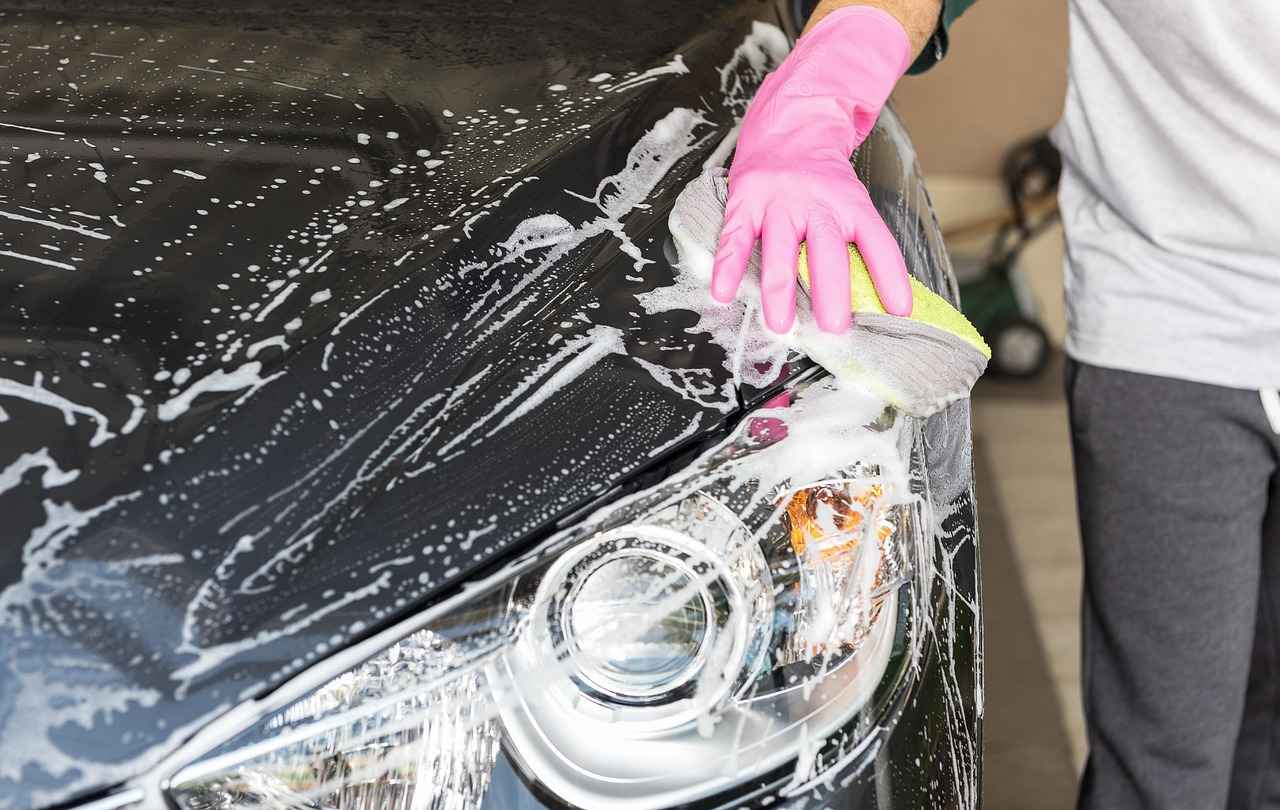
Consider Regular Maintenance
Regular maintenance of your windshield wiper system is crucial for ensuring optimal performance and longevity. Many vehicle owners overlook this essential aspect of car care, often leading to frustrating and potentially dangerous situations on the road. By taking proactive steps to maintain your wipers, you can prevent future issues that may arise from worn-out components.
Windshield wipers play a vital role in maintaining visibility during adverse weather conditions. Over time, wiper blades can wear down, leading to streaks, smearing, or even complete failure to clear the windshield. This not only compromises your safety but can also result in costly repairs if left unaddressed. Regular inspections can help you identify problems before they escalate.
- Wiper Blades: Check for signs of wear, such as cracks or tears. If the rubber is frayed or hardened, it’s time to replace them.
- Wiper Motors: Ensure that the motor operates smoothly without unusual noises. A failing motor can lead to inconsistent wiper performance.
- Wiper Arms: Inspect the arms for any bends or damage that could affect their movement. Proper alignment is crucial for effective wiping.
- Fluid Levels: Always check your windshield washer fluid levels. Low fluid can hinder the wipers’ effectiveness, especially during heavy rain.
As a general rule, wiper blades should be replaced every 6 to 12 months, depending on usage and environmental conditions. If you notice any of the following signs, it’s time for a replacement:
- Streaking on the windshield
- Chattering or skipping during operation
- Visible wear and tear on the rubber
Ensuring that your wiper motors are in good condition is equally important. Here are some tips:
- Keep the motor clean and free of debris.
- Check the electrical connections for corrosion or damage.
- Listen for any unusual sounds when the wipers are in operation, as this can indicate a problem.
If you notice that your windshield wipers are not functioning correctly, it may be time to consult a professional mechanic. They can conduct a thorough inspection and provide expert recommendations for repairs or replacements. Regular maintenance checks can save you time and money in the long run by preventing more serious issues.
In conclusion, maintaining your windshield wiper system is not just about replacing blades; it’s about ensuring your entire wiper mechanism functions effectively. By adhering to a regular maintenance schedule and being proactive about inspections, you can enhance your driving safety and extend the life of your vehicle’s components.
Frequently Asked Questions
- Why won’t my windshield wipers turn off?
Your windshield wipers may not turn off due to a malfunctioning wiper control switch, a stuck position caused by ice or debris, or a faulty wiper relay. It’s essential to troubleshoot these issues to find the root cause.
- How can I manually turn off my wipers?
If your wipers are stuck on, try locating the wiper control switch on your steering column and turning it. If that doesn’t work, check for any obstructions and consider disconnecting the wiper fuse to stop them immediately.
- What should I do if the problem persists?
If your windshield wipers continue to malfunction after trying the basic fixes, it’s best to consult a professional mechanic. They can diagnose any deeper electrical issues that might be causing the problem.
- Can regular maintenance prevent wiper issues?
Absolutely! Regularly inspecting and maintaining your windshield wiper system, including replacing worn-out blades and ensuring the motor is in good condition, can help prevent future problems.



